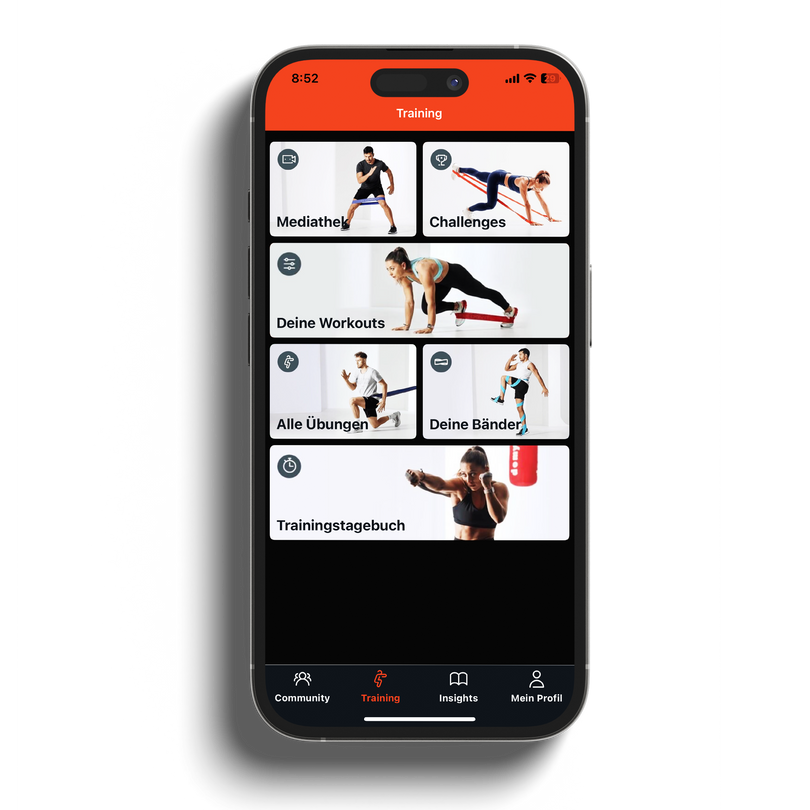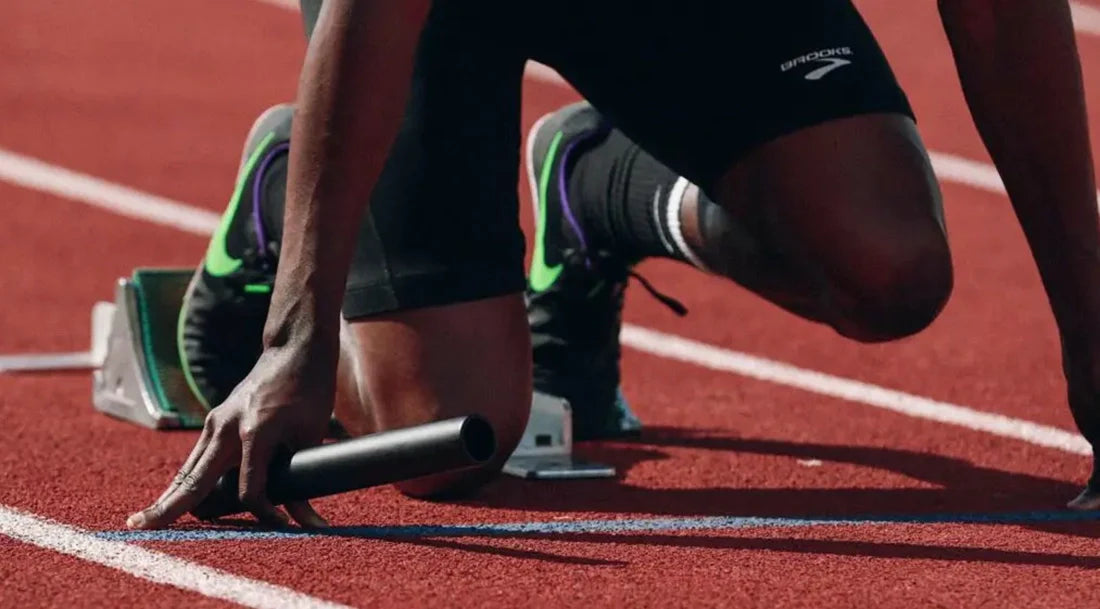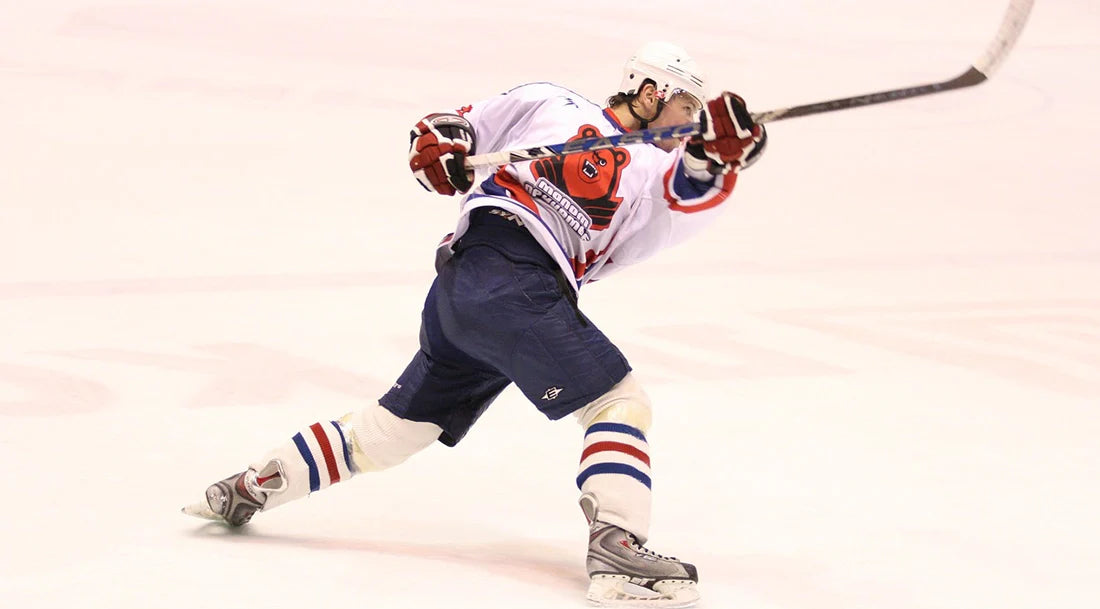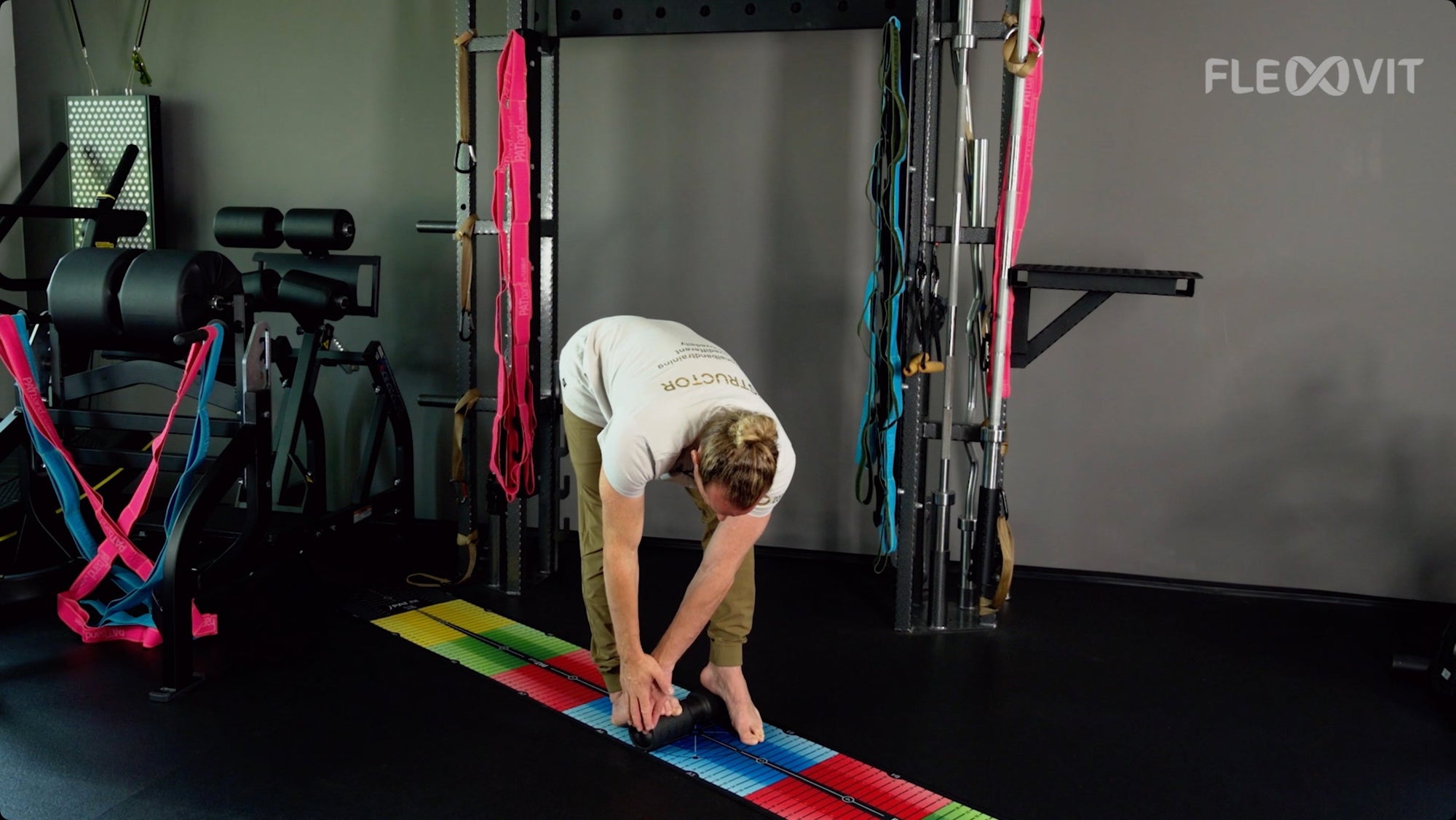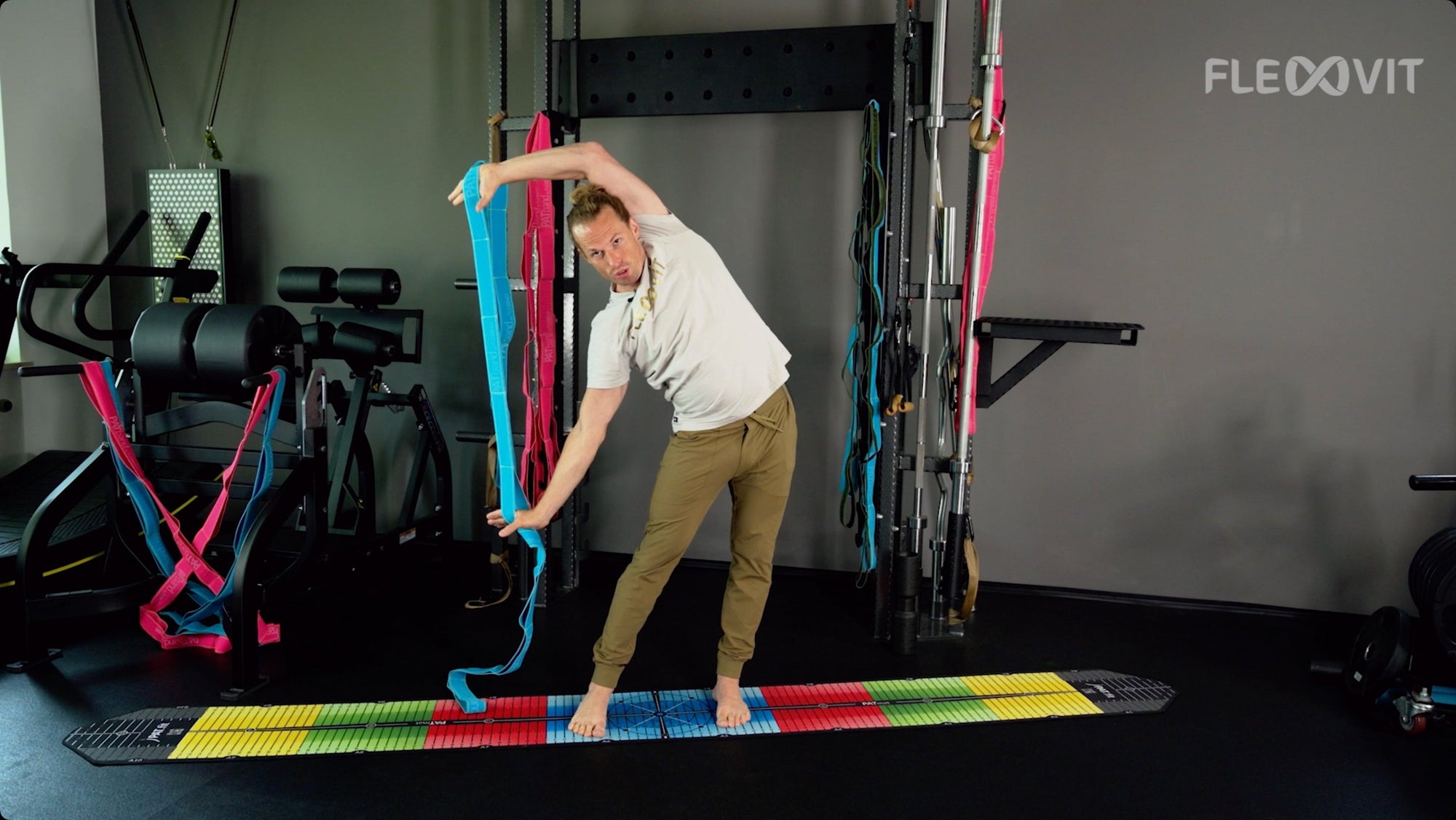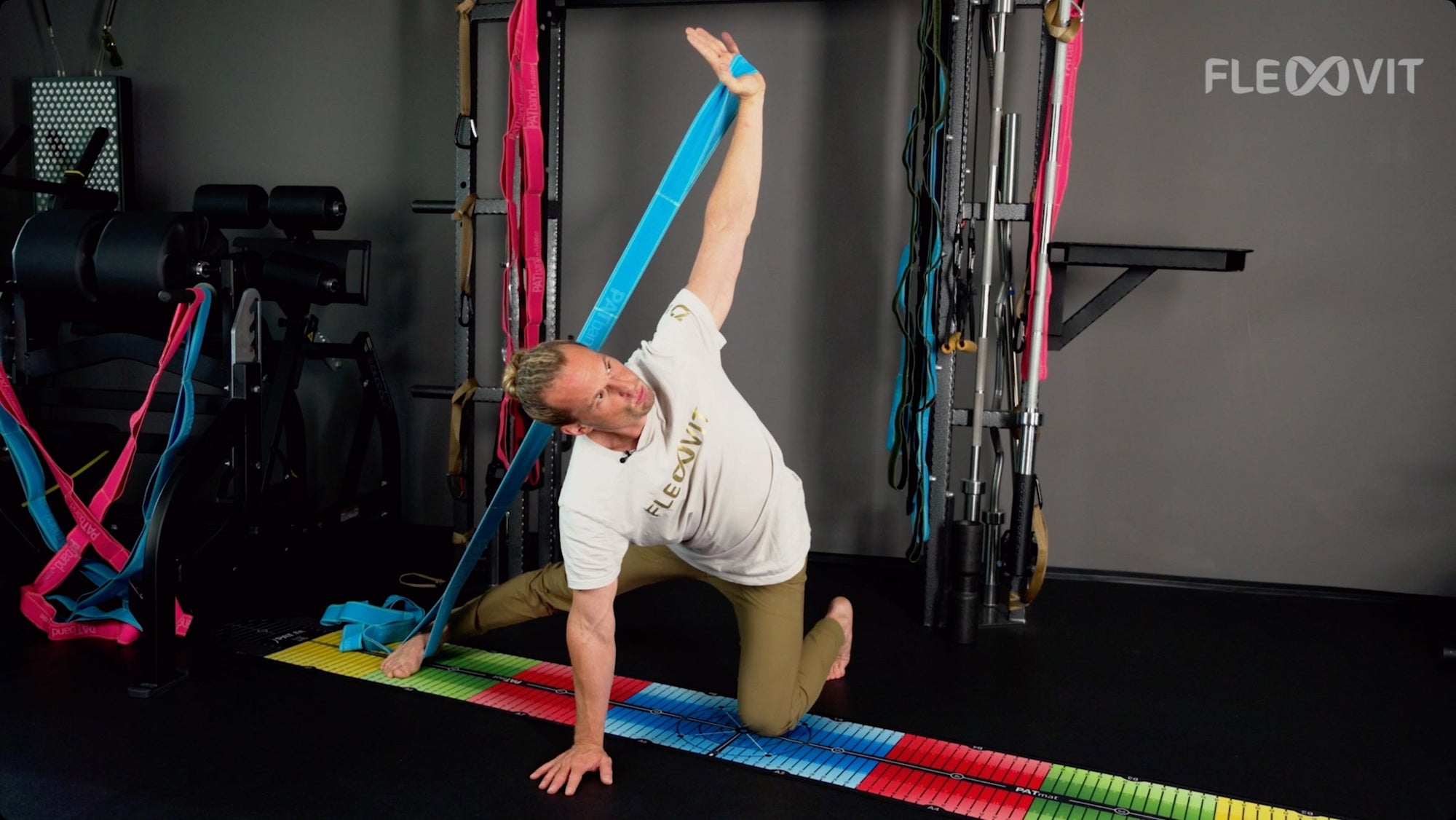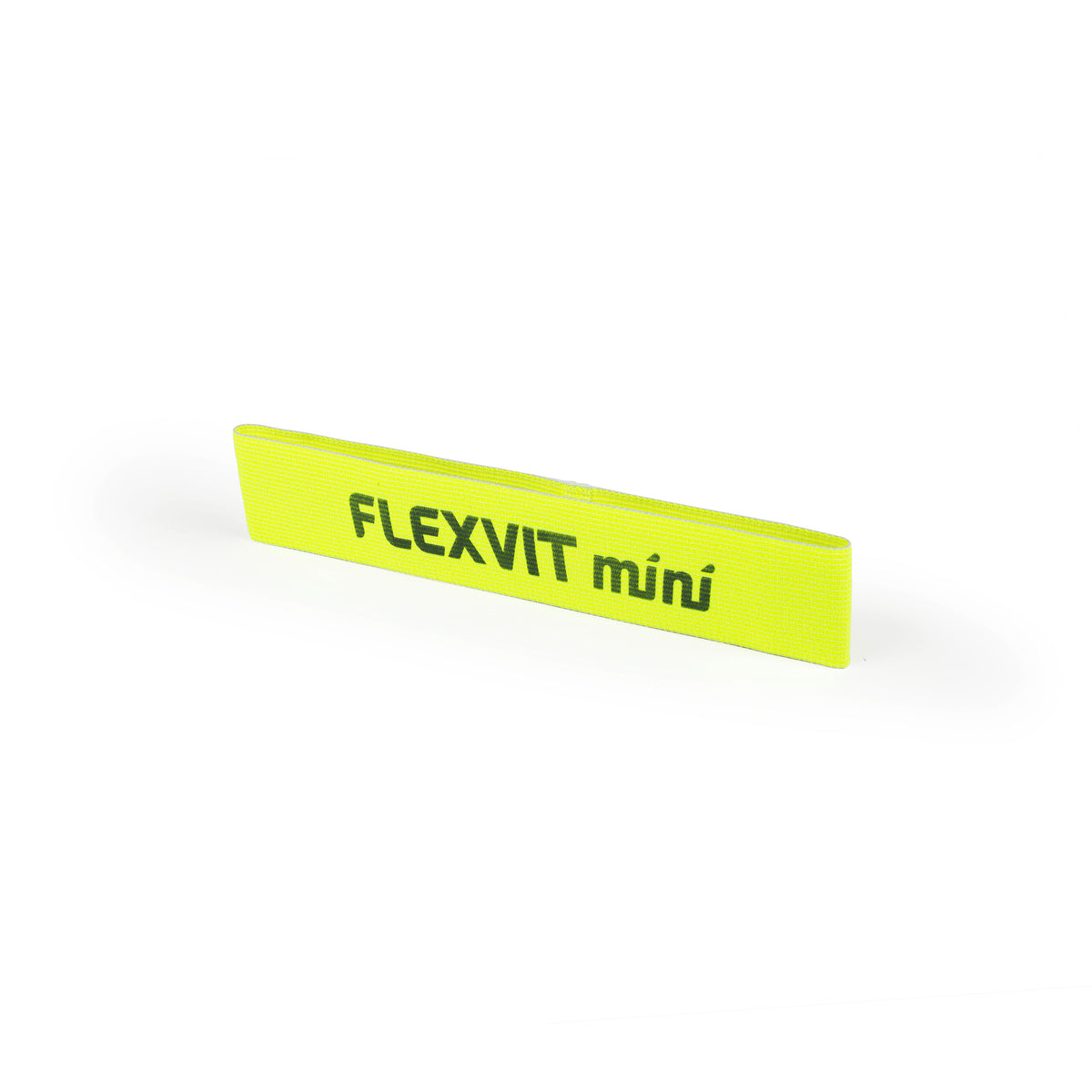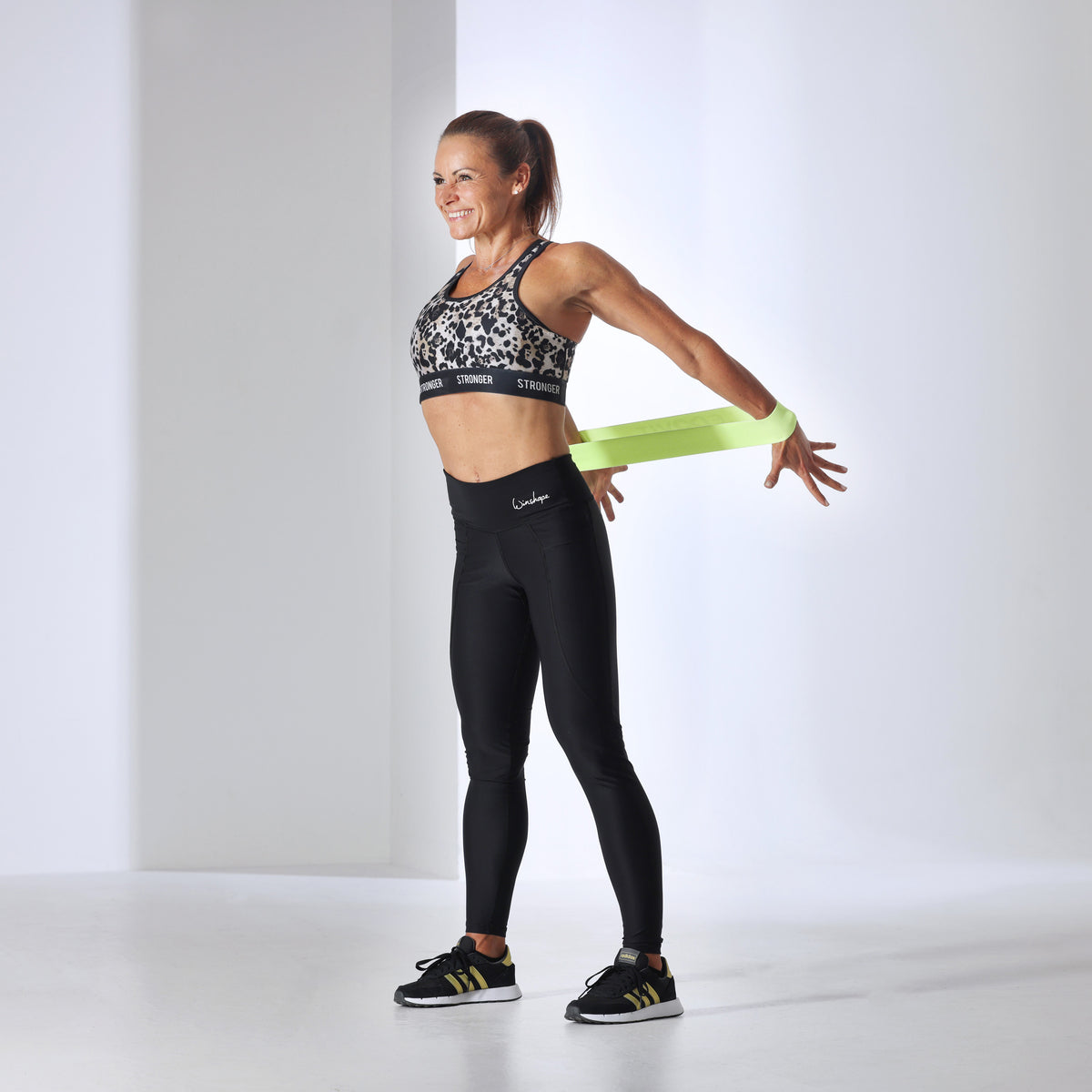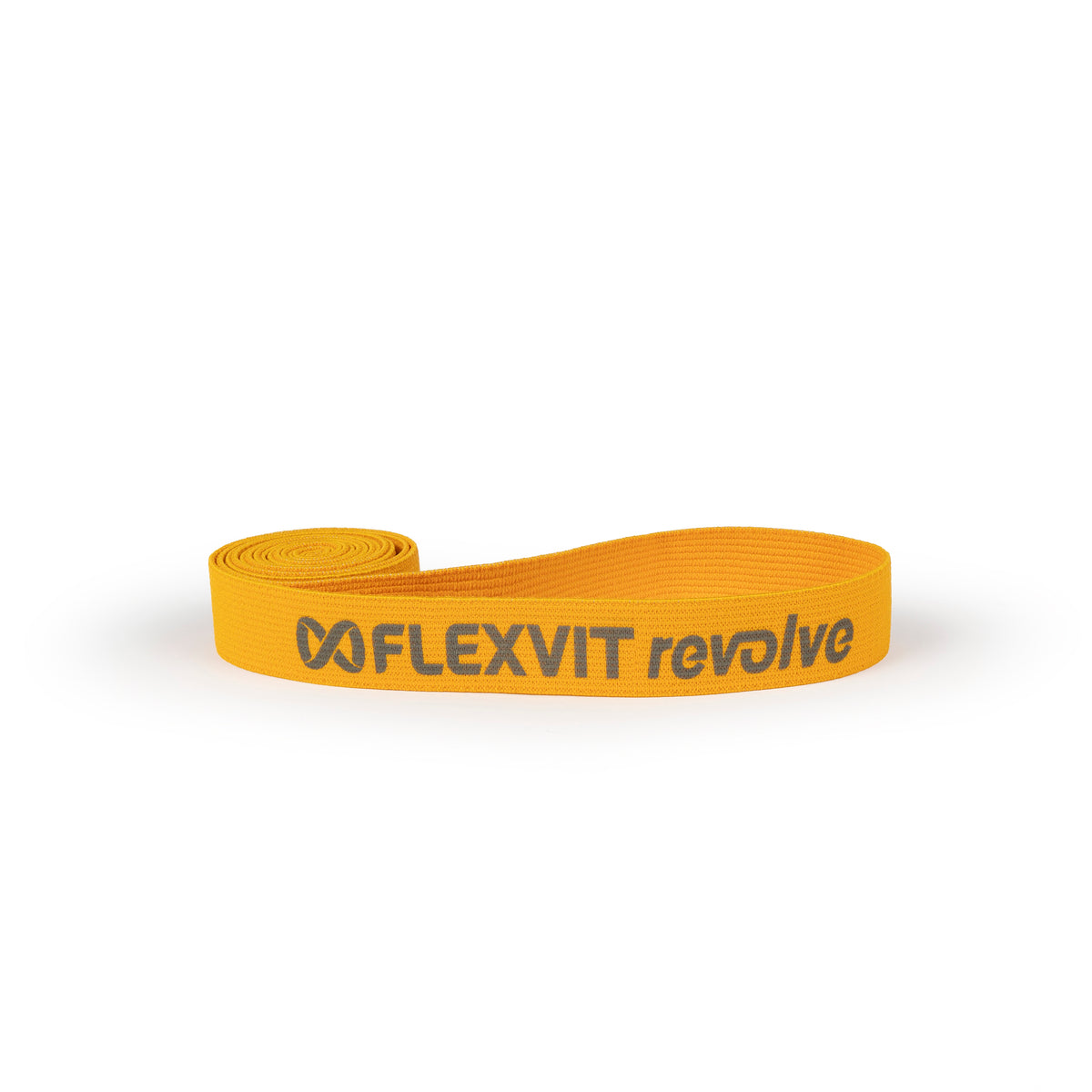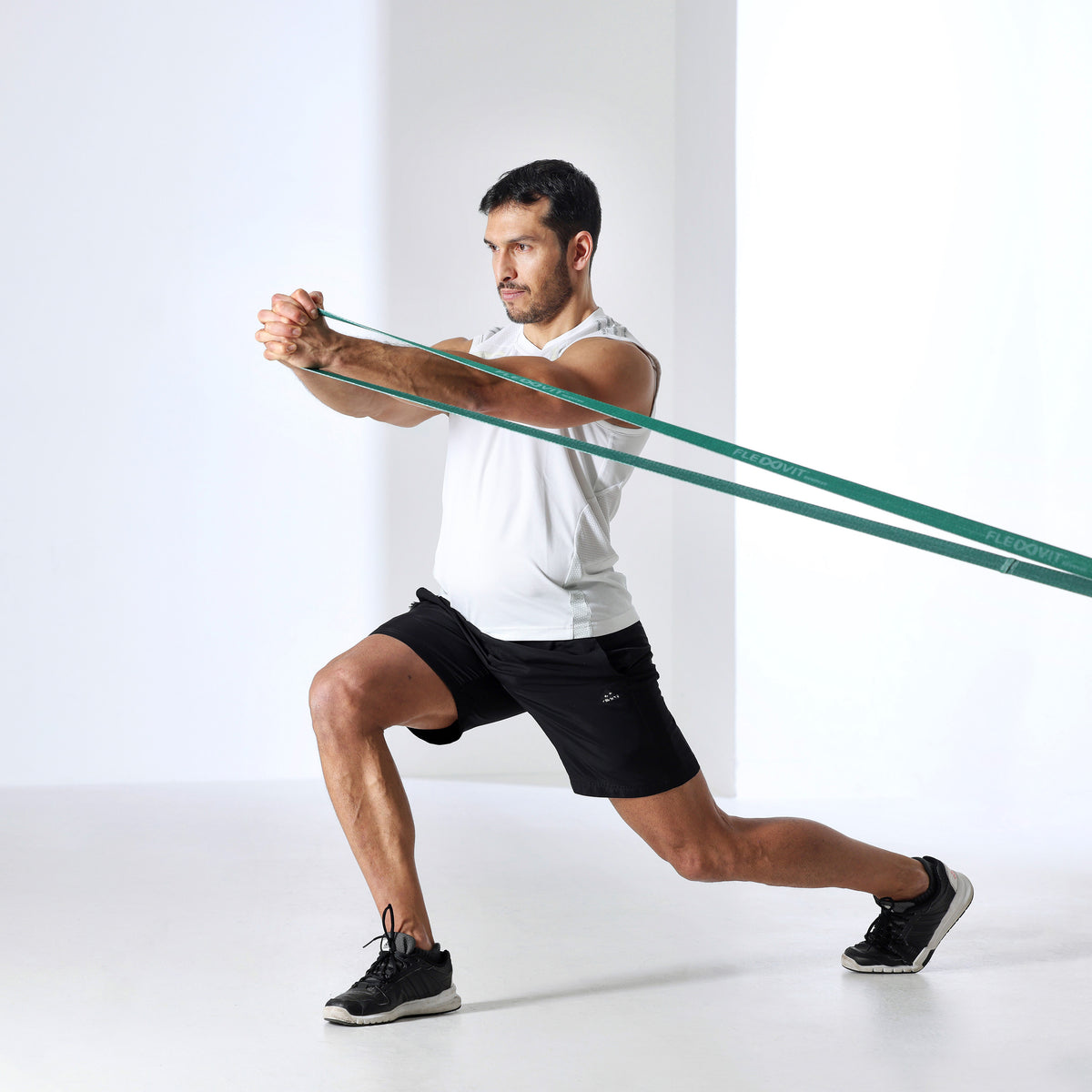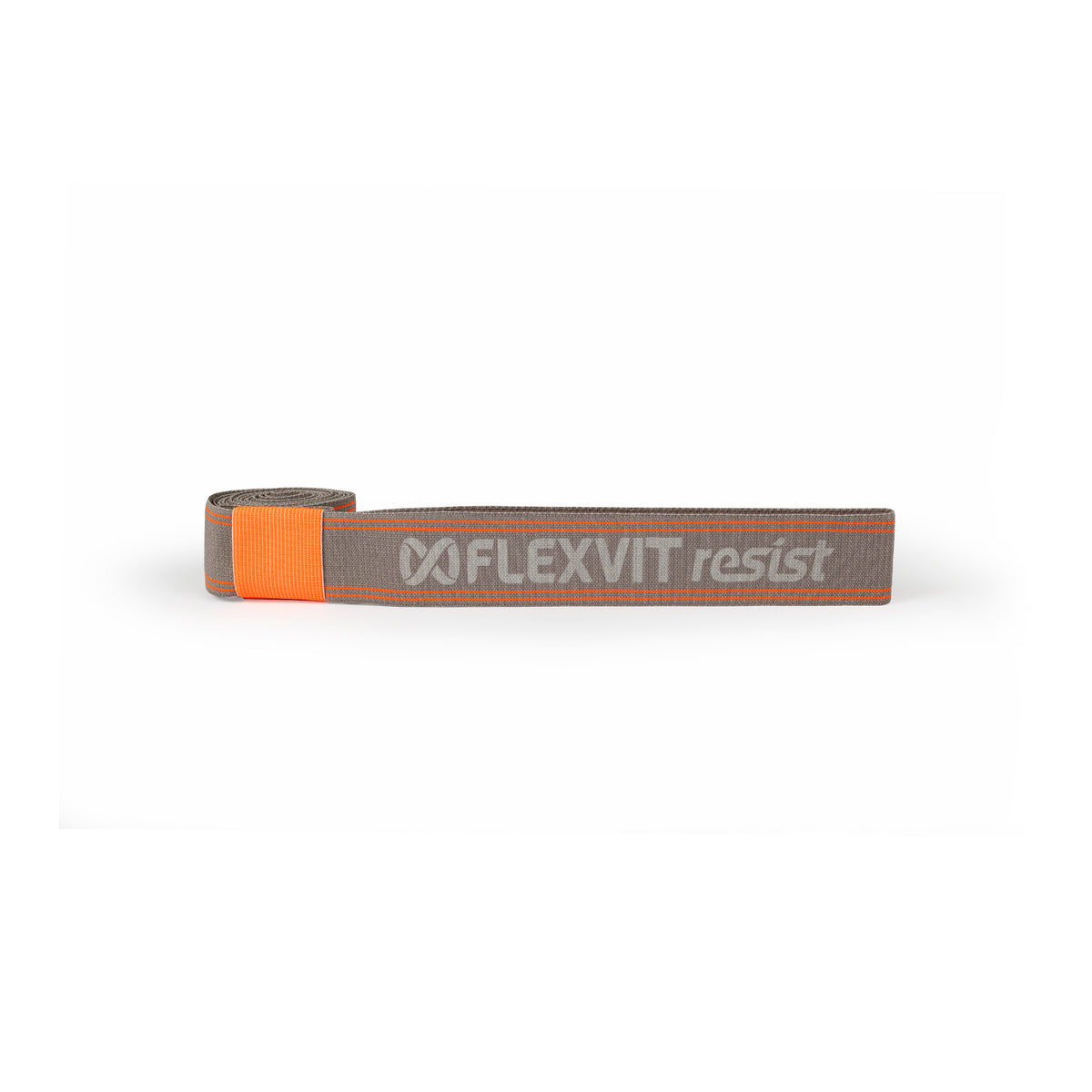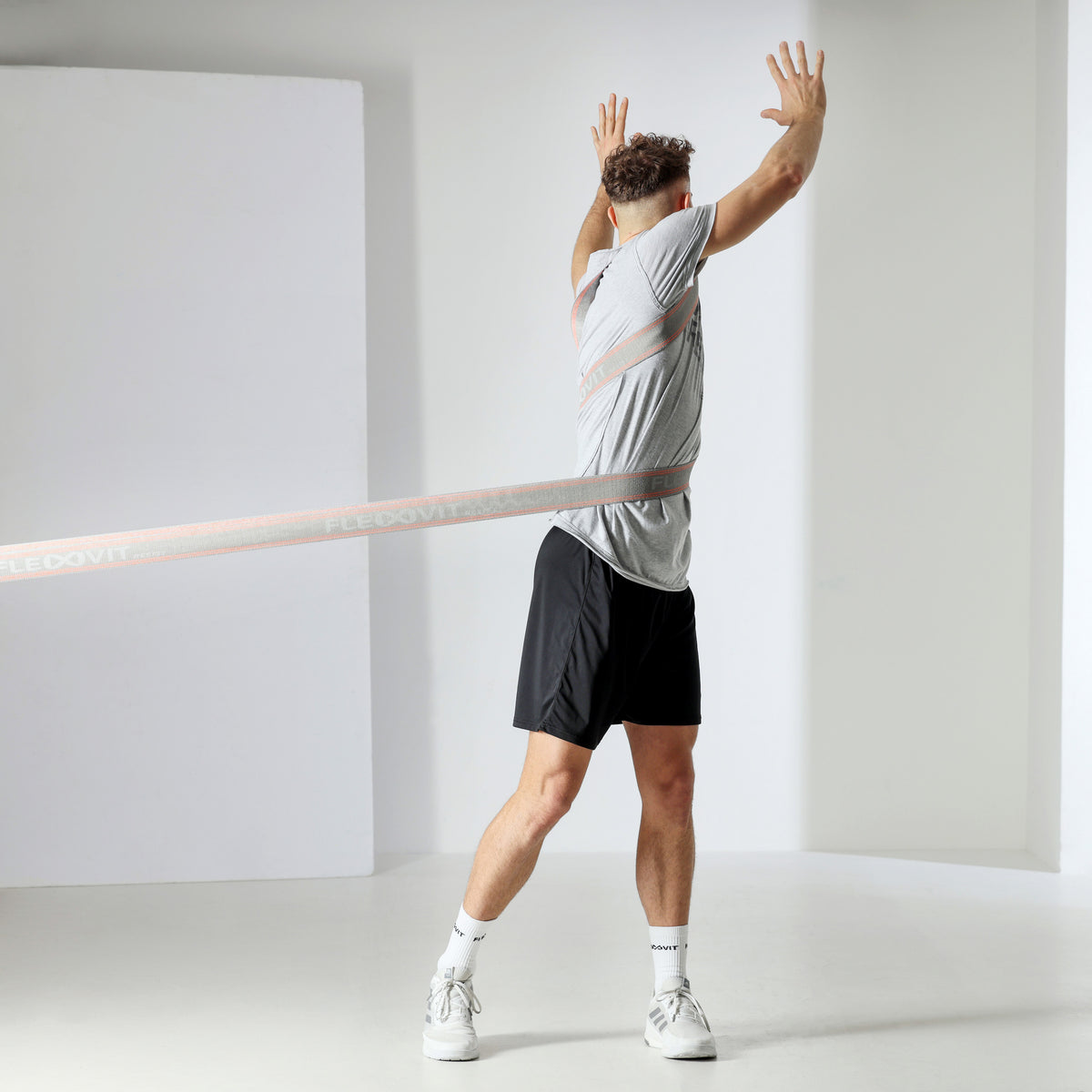Our tips for climbing training at home - Climbing and bouldering are all about finger strength and balance - in fact, the entire body is active in this sport. Whether it's strength, mobility or a good body feeling, bouldering and climbing require you as an athlete at all levels - including during your climbing training at home.
But what is the best way to train climbing at home? Very few of us are lucky enough to be able to screw a bouldering route onto the wall of our house or live right next to a climbing wall. Since bouldering and climbing are full-body sports, there are a number of ways to train outside of your normal climbing routine.
We'll tell you here what your training can look like outside the hall!

Training for climbing
As I said, climbing and bouldering are actually about everything. So your whole body. On the one hand, you can integrate strength training, which gives you the necessary power and endurance for demanding routes in your legs, arms and shoulder area. We'll show you effective exercises for your climbing training at home!
For better body tension and core stability, you can also train your core, torso and abdominal muscles. Exercises that challenge this muscle group and at the same time activate your sense of balance are particularly suitable for this.
As with any sport, the regenerative phases are just as important as the active training sessions. Therefore, you should always plan breaks and active rest days so that your body can recover and perform at full performance when climbing. Especially when bouldering and climbing, it is advantageous to combine regeneration with flexibility exercises. Especially on demanding climbing routes, it can be a decisive advantage if you can turn a little further or lift your leg a little higher to get into a better position.
Preparing for climbing – with the fitness and resistance bands from FLEXVIT!
Climbing training for at home
Pull-ups for your climbing training!
Maybe you have a pull-up bar at home, otherwise there are many outdoor gyms, especially in urban areas, that include a bar for pull-ups. You can also find them on conventional playgrounds. The pull-up is one of the most effective exercises for climbers because it trains the muscles in your upper body, which are essential for you on your route. In particular, the upper back, chest, upper arms and shoulders are challenged, but you should also keep your core and torso active while performing. Good tension throughout your entire body will make your pull-ups easier.
A special feature for climbers is the grip strength when doing pull-ups. In addition to this, the upward pull is of course trained, as is hanging on the stretched arm. Because when climbing there are always phases in which you have to orientate yourself and prepare for the next step. Anyone who tenses up in this position and clings to the wall with bent arms is wasting energy and resources. It is therefore important to also train hanging.
Top & bottom grip
When doing a pull-up, you can also create small variations by changing your hand position during the grip. With the underhand grip, your palms face you - here all of the muscle groups mentioned above are used, in particular you activate your biceps and triceps. For the overhand grip, your palms face away from your body. In this way, the latissimus, i.e. your large back extensor, is increasingly targeted.
A resistance band can help you improve your pull-up technique, especially at the beginning, and later increase your repetitions per set. The best way to do this is to use a FLEXVIT Revolve and tie it in a loop around your pull-up bar. You can vary this by pushing either your foot (for more support) or your bent knee (less support) into the lower loop. The band now pulls you upwards during the exercise - this allows you to concentrate primarily on correct technical execution at the beginning.
What is important for correct execution?
Start with your arm fully extended, i.e. in a passive hang, where your muscles are relatively relaxed. You switch to the active hang by pulling your shoulders back and activating them. Now tense your core and use the strength of your arms and back to pull yourself up until your chest hits the bar. Here you should hold the position for a few seconds before returning to the passive hold in a controlled manner.

Rowing – your climbing training at home!
If you want to strengthen your upper back and biceps, rowing is the exercise for you. Many athletes train these muscles with a barbell or cable pulley in the gym - with our FLEXVIT bands you can save yourself this membership and invest the money in your next bouldering shoes.
For example, use the FLEXVIT Multi or Revolve to complement your climbing training at home with rowing. In the simplest version, you simply stand in the middle of the band, grab it on each side and then pull it upwards in a slightly bent position using the strength of your back and biceps.
You can perform rowing with a resistance band in an even more targeted manner as follows: Since you often hang while climbing, it makes sense to use the door or multi-anchor so that you can attach your band higher up. This means you can start the exercise from a hanging position and train specifically for your sport.

Rowing at home – this is how it works:
Stand with your feet hip-width apart and grab one side of the FLEXVIT Multi or the FLEXVIT Revolve. Now let yourself hang with your arms outstretched, your legs slightly bent and an active, straight torso. Now pull yourself up using the strength of your arms and upper back. Depending on how strenuous the upper hold is, you can stand more (easier) or hang more horizontally (more strenuous).
Use the entire range of motion here - so start with your arms completely stretched in a passive hold and pull yourself as close as possible to your hands. With this tight hold you train the important “blocking” in climbing.
pushups
A strengthened core is the be-all and end-all when climbing. When training for climbing at home, push-ups are an all-purpose weapon to get your core in shape. Because when doing push-ups, just like when climbing, your entire body is working. It not only trains your muscular strength and endurance, but also promotes your mobility, coordination and sense of balance. In particular, your chest is activated, as are your triceps and your front shoulder muscles. In fact, you target about 200 different muscles during just one exercise.

How do push-ups work correctly?
To do the classic push-ups, first kneel on the floor and place your hands shoulder-width apart in front of you. Now place your feet one after the other about hip-width behind you. Tip: The closer your feet are together, the better you can keep your core and buttocks tense. Stretch your arms and activate your entire body, especially your core and stomach should be active so that you don't fall into a hollow back. Now bend your arms slowly and in a controlled manner, with your elbows still pointing backwards (this will relieve the strain on your shoulders). Go as deep as you can, hold the position here briefly and then move back up in a controlled manner.
If you don't have enough strength at the beginning, you can also do the push-up movement while kneeling. Also make sure that you don't put unnecessary strain on your neck by hyperextending it - it should always be in line with your spine. If your push-ups are already very good and even doing a lot of push-ups is child's play for you, then you can challenge yourself a little more with FLEXVIT bands and make your push-ups more difficult with additional resistance. To do this, simply put the FLEXVIT Multi around your back and grab the loops with each hand so that you have a lot of resistance, especially in the upper third of the movement.

Support & Variations
In the support you can use many variations to make your climbing training at home a little more varied and at the same time challenging. The following exercise modification will put your core and your sense of balance to the test. You also explicitly train your lats. You can perform this exercise in high support, but also in forearm support.
Attach your FLEXVIT Multi or FLEXVIT Resist close to the floor, grab one loop or one end of the band with one hand and go into your version of support. Even in this starting position you should feel the pull from the resistance of the band. Now, using the strength of your lats and with the help of your triceps, alternately pull one arm backwards until it is completely stretched next to your upper body. Keep your entire body straight and stable. Pay particular attention to keeping your shoulders and hips straight and not swaying to one side.
You can use our FLEXVIT bands in many other variations to make your support varied and sophisticated.

Mobilize your spine – climbing training
The starting position for this exercise is the same as for the chest and shoulder girdle stretch.
Also remember: Stretching cold muscles can cause muscle injuries. It is therefore recommended to warm up the muscles beforehand by gently swinging your arms. You should also start this exercise slowly and carefully and gradually increase it.
To get into the starting position, lift your hands back over your head. Extend your arms to either side. With the fitness band you can train your shoulder rotation and mobility. Then raise your arms to a height behind your body. Check whether the sports band has the optimal resistance.
Now turn your entire upper body up from your hips, sometimes in one direction and sometimes in the other. Do not work with momentum, but gradually go deeper into each rotation and consciously feel into your muscles. You turn your head to the respective side to stretch your upper back and neck as well. Stay on each side for about a minute before carefully switching to the other. Your arms remain stretched throughout the entire exercise and keep the resistance band taut.
Are you interested in taking your climbing practice to the next level? With our FLEXVIT bands you can easily supplement your normal climbing training with lots of fun and variety and work on yourself effectively. Help yourself and your body regenerate on your Active Rest Days and make sensible use of your time away from the bouldering hall.
Climbing training at home: mobilization
In addition to a lot of endurance and strength, every good climber also needs the necessary flexibility - and unfortunately for many, this also has to be trained and cannot always be compensated for by strength. With our FLEXVIT bands we help you to mobilize your body actively and with fun on your Active Rest Day, as a warm up or for a cool down.
Stretching the shoulder girdle – climbing training
Our shoulders, arms and upper back work particularly hard when climbing. Therefore, you should open up your chest and shoulder girdle and keep it mobile through extensive stretching. You can use a FLEXVIT Revolve or our special FLEXVIT Chain.
Stand with your feet shoulder-width apart and hold the FLEXVIT Chain fitness band in the loops. Choose a distance at which the resistance between the two ends stretches your muscles, but: Stretching does not mean harming yourself or your body. Don't go beyond your pain threshold and rather work up slowly.
To get into the starting position, lift your hands back over your head and stretch your arms out to both sides. This movement alone will train your shoulder rotation and mobility. Then bring your arms in line behind your body. Our tip: You can make small, pulse-like movements with your arms to feel even better and activate your chest and shoulders.
Then move your arms diagonally up and down. You will notice that you are targeting even more specific parts of your chest muscles. This exercise may seem simple, but it has a big impact.
The perfect training equipment for your climbing training at home – get started now with FLEXVIT and train easily and flexibly at home!

